Investment Potential and Analysis of Nick Fury First and Second Series 1968 and 1973
Nick Fury First and Second Series 1968 and 1973
The First Table presents the Bias Score for all the issues. Bias scores show which issues are being bought by the Insiders (Pros) vs the Outsiders (Fans Less Serious). The concept of my approach is to focus on the issues being bought BULLISHLY by the investors. So we developed an analysis of data to quantify this Bias.We mark the issues with the highest Bias with Lime Green followed by a Dark Green staining for issues with a lesser but definite Bias. We see Issue 1 and 16 are the highest Issues with Bias. Issue 16 is a extra large issue reprinting ST 136 to 138. Early Nick fury vs Hydra. Key issues in Nick Fury's career. Next are the issues of 2, 5 , 10 , and 14 that are somewhat Bias. The other issues are to be ignored.
Table 1. B Score of Nick Fury 1st and 2nd Series 1968/1973
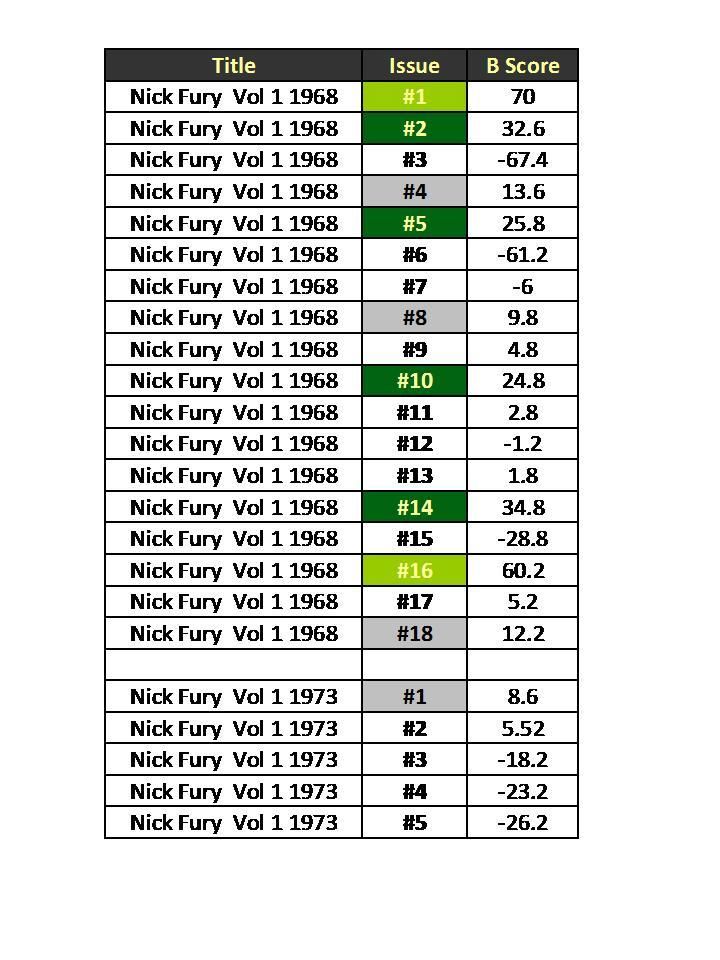
Table 2 has the next data stream we call the SLN. This is a slope of the Bias data at the Grades 9.4, 8 and 6 within the Insiders and Outsiders. We then compare those SLN numbers and generate a difference number we call the DF. Finally we add the SLN numbers together and determine the %DF number. Green staining is good and Grey and Red are issues that are not good for an investment focus. This data stream is more liberal in the rigor and you get the best case for an issue, Issue 16 is Lime Green stained as it was in Table 1. That is a good sign and implies a focus. Note the second series is highlighted as well. Issue 3 and 6 are signaled as having weakness for investment potential.
Table 2. SLN, DF, and %DF of Nick Fury.
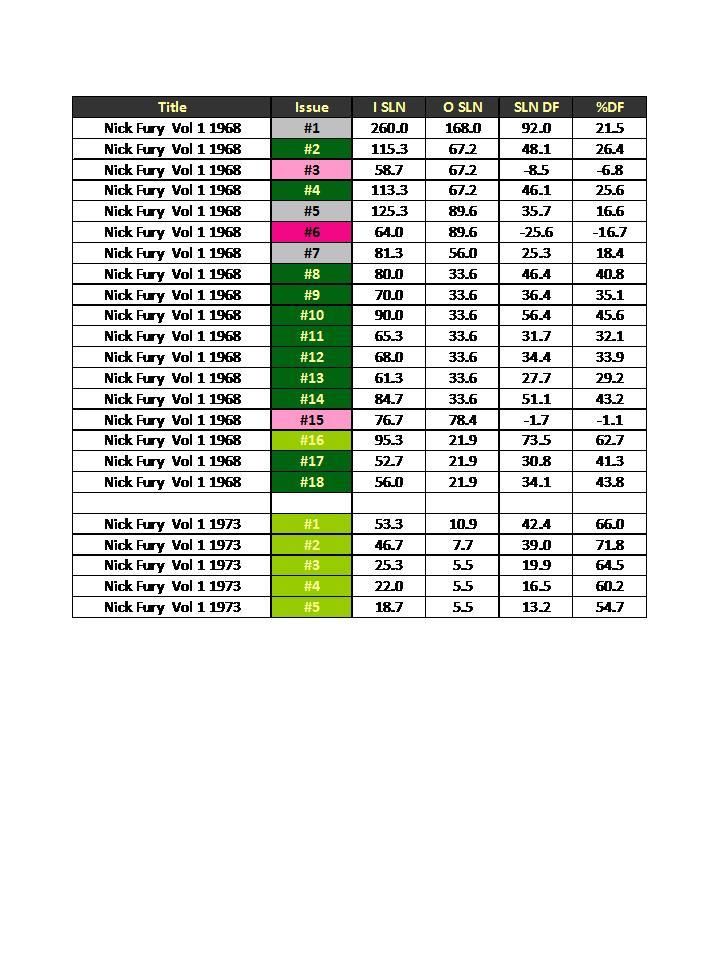
Table 3 is the stricter data stream and highlighted both the issue and grade. We calculate the average difference (ADF) in Issue Bias between the Insider and Outsiders. Lime Green are at least 9.4 and 8 grades with a High Bias. (Orange $). The dark green issues are support with a Bias in 9.4 grade only. The other issues are to be avoided. Note Issue 1 is the best issue for investing. Issues 2,4,8,10,14,16 and Issue 1 second series are supported at the 9.4 grade only.
Table 3. ADFs of Nick Fury Issues First and Second Series.

Table 4 is the Score Card information for each issue at the 3 data streams. We denote the issues supported in all three data streams with a Lime Green staining and Dark Green with a 2 data stream support and yellow issues are supported in one data streams only. Note we have Issues 2, 10, 14 and 16 are Lime Green and Dark Green issues are #1, 4 , 8 and #1 2nd series. These are the issues to focus on.
Table 4. Score Card Data for Nick Fury.
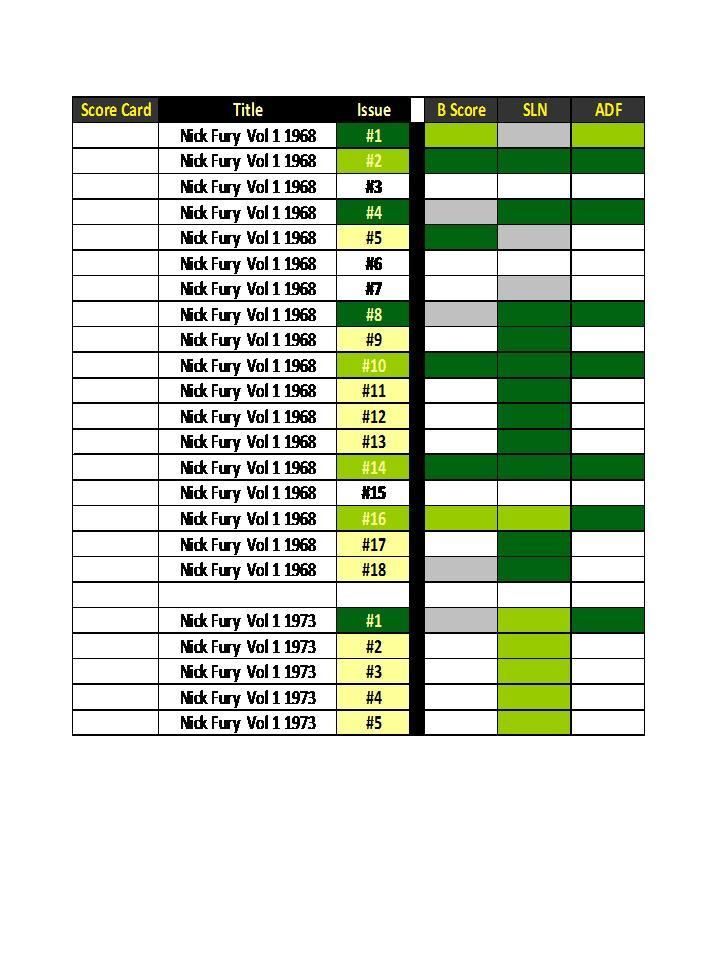
Table 5 is the last bit of data, the Scaled Desire Ranking. I have grouped 1356 issues of comics that I have covered and developed a scaled desire rankings. The percentile that an issue occupies get wonderful insight into true value between titles. So we position our title and its key issues in context. So we see Issues 1 and 16 are in or above the 76 percentile level. issue 14, 2 5 and 10 are at or above 69 percentile. Fairly good levels.
Table 5. Desire Scale of Nick Fury Issues
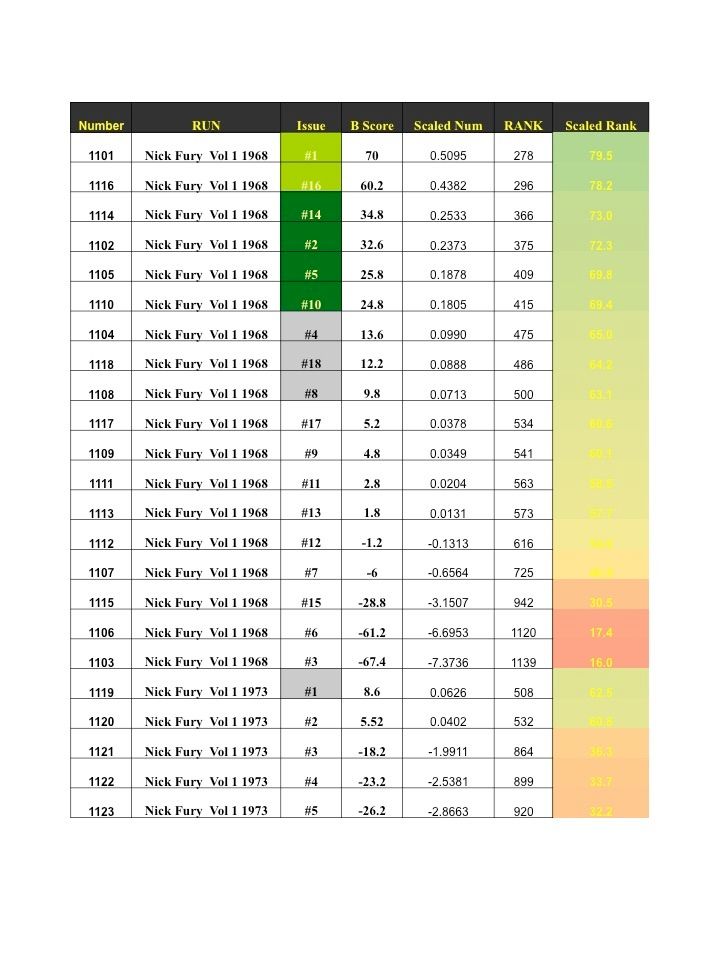
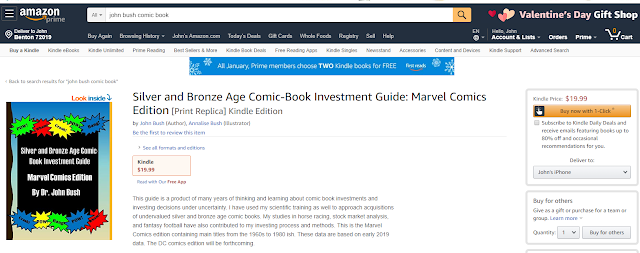
Comments
Post a Comment